

- RFQ
- BOM
-
Contact Us
Tel: +86-0755-83501315
Email: sales@sic-components.com
- Chinese
- English
- French
- German
- Portuguese
- Spanish
- Russian
- Japanese
- Korean
- Arabic
- Irish
- Greek
- Turkish
- Italian
- Danish
- Romanian
- Indonesian
- Czech
- Afrikaans
- Swedish
- Polish
- Basque
- Catalan
- Esperanto
- Hindi
- Lao
- Albanian
- Amharic
- Armenian
- Azerbaijani
- Belarusian
- Bengali
- Bosnian
- Bulgarian
- Cebuano
- Chichewa
- Corsican
- Croatian
- Dutch
- Estonian
- Filipino
- Finnish
- Frisian
- Galician
- Georgian
- Gujarati
- Haitian
- Hausa
- Hawaiian
- Hebrew
- Hmong
- Hungarian
- Icelandic
- Igbo
- Javanese
- Kannada
- Kazakh
- Khmer
- Kurdish
- Kyrgyz
- Latin
- Latvian
- Lithuanian
- Luxembou..
- Macedonian
- Malagasy
- Malay
- Malayalam
- Maltese
- Maori
- Marathi
- Mongolian
- Burmese
- Nepali
- Norwegian
- Pashto
- Persian
- Punjabi
- Serbian
- Sesotho
- Sinhala
- Slovak
- Slovenian
- Somali
- Samoan
- Scots Gaelic
- Shona
- Sindhi
- Sundanese
- Swahili
- Tajik
- Tamil
- Telugu
- Thai
- Ukrainian
- Urdu
- Uzbek
- Vietnamese
- Welsh
- Xhosa
- Yiddish
- Yoruba
- Zulu
- Kinyarwanda
- Tatar
- Oriya
- Turkmen
- Uyghur
Clock ICs
Clock ICs (https://www.sic-components.com/integrated-circuits-ics/clocktiming) are the unsung heroes of modern electronic systems, acting as the rhythmic heartbeat that synchronizes the operation of various components within a circuit. At their core, these semiconductor devices generate, manage, and distribute precise timing signals that dictate the pace at which digital circuits operate. These timing signals are crucial for coordinating the activities of microprocessors, memory chips, input/output devices, and other components in an electronic system. Without accurate clock signals, components would operate independently, leading to data corruption, system malfunctions, and overall inefficiency. For instance, in a computer's central processing unit (CPU), the clock IC ensures that instructions are fetched, decoded, and executed in the correct sequence and at the appropriate speed.
How Do Clocks ICs Work?
The operation of Clock ICs (https://www.sic-components.com/integrated-circuits-ics/clocktiming) primarily revolves around the use of oscillators and control circuits. Oscillators, often quartz - based, are the source of the clock signal. A quartz oscillator works on the principle of the piezoelectric effect, where applying an electric field to a quartz crystal causes it to vibrate at a very precise frequency. This vibration generates a continuous stream of electrical pulses, which form the basis of the clock signal.
The generated clock signal then passes through control circuits within the Clock IC. These control circuits can perform various functions such as frequency division, where a high - frequency oscillator signal is divided into lower - frequency signals suitable for different components in the system. They can also perform frequency multiplication, phase adjustment, and signal buffering. For example, a phase - locked loop (PLL) is a common control circuit in Clock ICs. It can lock onto an input reference signal and generate an output signal with a frequency that is a multiple of the reference frequency while maintaining a constant phase relationship.
Types of Clocks ICs
Real - Time Clock (RTC) ICs: Designed to keep track of the current time and date, RTC ICs are equipped with calendar functions and often have battery backup capabilities. They are essential in applications where continuous timekeeping is required, such as in servers for accurate log - timestamping, embedded systems for scheduling tasks, and consumer electronics like smartphones and smartwatches for displaying the correct time.
Oscillator - Based ICs: These use oscillators (quartz or MEMS - Micro - Electro - Mechanical Systems) to generate a stable frequency signal. Quartz - based oscillator ICs offer high accuracy and stability, making them suitable for applications that demand precise timing, such as communication devices and scientific instruments. MEMS oscillator ICs, on the other hand, are known for their small size, low power consumption, and robustness, and are often used in portable and battery - powered devices.
Clock Buffer and Driver ICs: Their main role is to amplify and distribute clock signals. They can generate multiple copies of the same clock signal, which is crucial when multiple components in a system need to be synchronized. Clock buffer and driver ICs enhance the driving capacity of the clock signal, ensuring that it can reach all necessary components without significant degradation. This is especially important in large - scale integrated circuits and high - speed data transfer systems.
Clock Generator ICs: When the existing clock signal does not meet the frequency requirements of a system, clock generator ICs come into play. They can generate a wide range of clock frequencies based on an input reference signal, typically using techniques like frequency synthesis with PLLs. These ICs are commonly used in computer motherboards, graphics cards, and other complex electronic systems where different components may require specific clock frequencies.
Jitter Attenuation ICs: Jitter, which is the short - term variation in the timing of a clock signal, can cause errors in data transmission and processing. Jitter attenuation ICs are designed to reduce this jitter, improving the quality of the clock signal. They are indispensable in high - speed serial communication systems, such as those used in data centers and telecommunications networks, where even small amounts of jitter can lead to significant data loss.
Functions of Clocks ICs
Synchronization: The most fundamental function of Clock ICs is to synchronize the operation of various components in an electronic system. By providing a common timing reference, they ensure that data is transferred, processed, and stored at the right time. For example, in a memory - access operation, the clock signal coordinates the read and write cycles, ensuring that the data is correctly retrieved from or written to the memory.
Timing Generation: Clock ICs generate the specific timing signals required for different operations within a system. This includes generating clock pulses for microprocessor instruction execution, memory refresh cycles, and input/output device operations.
Frequency Management: They can adjust the frequency of the clock signal to meet the requirements of different components. This may involve increasing the frequency for high - performance operations or reducing it to conserve power in low - activity periods.
Error Detection and Prevention: Some advanced Clock ICs can detect timing errors in the system, such as clock signal failures or jitter exceeding acceptable limits. They can then trigger appropriate responses, like generating an interrupt to alert the system or attempting to correct the error.
Advantages and Disadvantages of Clocks ICs
Advantages
High Precision and Stability: Modern Clock ICs, especially those with quartz oscillators or advanced control circuits like PLLs, offer extremely high precision and stability in timing. This ensures reliable operation of electronic systems, even in demanding environments.
Integration and Compactness: With advancements in semiconductor technology, Clock ICs can integrate multiple functions into a single chip. This reduces the overall size and complexity of electronic circuits, making it easier to design and manufacture compact devices.
Flexibility: They can be configured to generate a wide range of clock frequencies, phases, and signal formats, providing flexibility to meet the diverse requirements of different applications.
Low Power Consumption: Many Clock ICs are designed with low - power features, which is essential for battery - powered devices. This helps to extend the battery life of portable electronics.
Disadvantages
Sensitivity to Environmental Factors: Clock ICs, particularly those with quartz oscillators, can be sensitive to temperature, humidity, and mechanical vibrations. These environmental factors can affect the accuracy and stability of the clock signal, potentially leading to system errors.
Cost: High - performance Clock ICs with advanced features, such as low - jitter and high - frequency generation, can be relatively expensive. This can increase the overall cost of an electronic system, especially in applications where multiple Clock ICs are required.
Complexity in Design and Integration: Selecting and integrating the right Clock IC into a system can be a complex task. It requires a good understanding of the system's timing requirements, the characteristics of different Clock ICs, and potential compatibility issues.
Applications of Clocks ICs
Consumer Electronics: In smartphones, tablets, laptops, and smartwatches, Clock ICs are used for timekeeping, coordinating the operation of various components (such as the processor, display, and wireless communication modules), and managing power consumption. They also play a crucial role in multimedia devices like digital cameras and audio players for accurate synchronization of audio and video streams.
Telecommunications: In communication networks, from 5G base stations to routers and switches, Clock ICs ensure accurate timing for data transmission, modulation, and demodulation. They are essential for maintaining the integrity of the communication signal and enabling reliable data transfer over long distances.
Industrial Automation: In industrial control systems, Clock ICs are used to synchronize the operation of different machines and sensors on the production line. They enable precise control of manufacturing processes, accurate measurement of time - based parameters, and reliable communication between different devices in the industrial network.
Automotive Electronics: In modern vehicles, Clock ICs are used in engine control units, infotainment systems, anti - lock braking systems, and other electronic control modules. They ensure the proper functioning and synchronization of these systems, enhancing vehicle safety and performance.
Aerospace and Defense: In aircraft avionics, satellite communication systems, and military equipment, Clock ICs are critical for accurate navigation, timing - sensitive communication, and the operation of complex onboard systems. The high precision and reliability of Clock ICs are essential in these demanding applications.
How to Choose Clocks ICs ?
Frequency and Stability Requirements: Determine the required clock frequency for your system and the level of stability needed. For applications that demand high precision, such as telecommunications and scientific instruments, a Clock IC with a low - drift oscillator and high - stability performance is essential.
Jitter and Phase Noise: In high - speed data transfer and processing applications, low jitter and phase noise are crucial to ensure accurate data transmission. Look for Clock ICs that specify low jitter and phase noise values within the frequency range of your application.
Clock Type: Select the appropriate type of Clock IC based on your system's needs. For timekeeping applications, an RTC IC is suitable. If you need to generate multiple clock signals or adjust the frequency, a clock generator or buffer/driver IC may be more appropriate.
Environmental Conditions: Consider the operating temperature range, humidity, and other environmental factors that the Clock IC will be exposed to. Some Clock ICs are designed to operate in harsh environments, while others may be more suitable for indoor use.
Power Consumption: If your system is battery - powered or has strict power - consumption requirements, choose a Clock IC with low power consumption. This can significantly extend the battery life of your device.
Voltage and Signal Compatibility: Ensure that the Clock IC is compatible with the power supply voltage and signal levels of your system. Incompatible voltage or signal levels can lead to improper operation or damage to the IC.
Additional Features: Some Clock ICs may offer additional features such as frequency synthesis, programmable output, and built - in error - detection mechanisms. Evaluate these features based on your application requirements.
Supplier Reliability and Support: Choose a Clock IC from a reliable supplier that offers good technical support, documentation, and a proven track record of product quality and reliability.
Overview of SIC's Clocks ICs
SIC - Components offers a comprehensive range of Clock ICs (https://www.sic-components.com/integrated-circuits-ics/clocktiming) designed to meet the diverse needs of various industries. Their clock buffer products, for example, are engineered to provide high - quality clock signal distribution with excellent signal integrity. These buffers can drive multiple loads simultaneously, ensuring that all components in a system receive a stable and accurate clock signal.
SIC's Clock ICs are known for their high - performance characteristics, including low jitter, low phase noise, and wide operating temperature ranges. They are designed to be highly reliable, even in challenging environments, making them suitable for applications in telecommunications, industrial automation, and aerospace.
With a focus on innovation and customer - centric design, SIC - Components also offers Clock ICs with advanced features such as programmable output frequencies and built - in diagnostic functions. This allows designers to customize the Clock ICs to their specific requirements, simplifying the design process and enhancing the overall performance of the electronic system. Their commitment to quality and support ensures that customers can rely on their Clock ICs for critical timing applications.
https://www.sic-components.com/integrated-circuits-ics/clocktiming

Hot Products
View MoreRelated Blogs

2000+
Daily average RFQ Volume

30,000,000
Standard Product Unit

2800+
Worldwide Manufacturers

15,000 m2
In-stock Warehouse



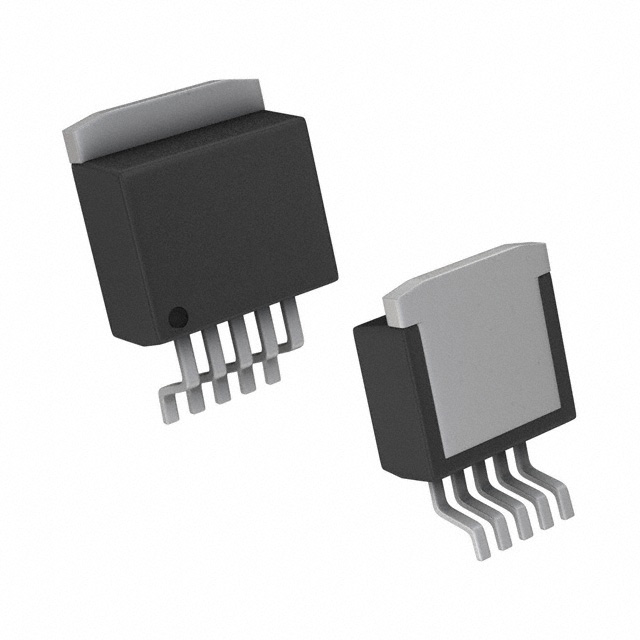
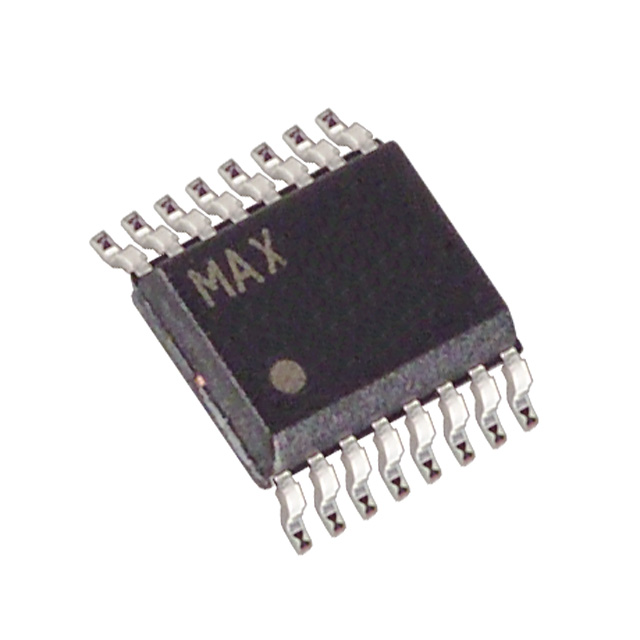
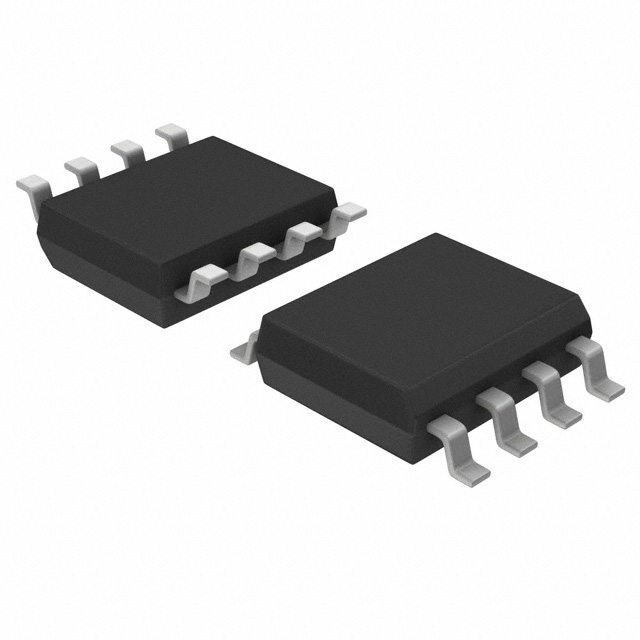
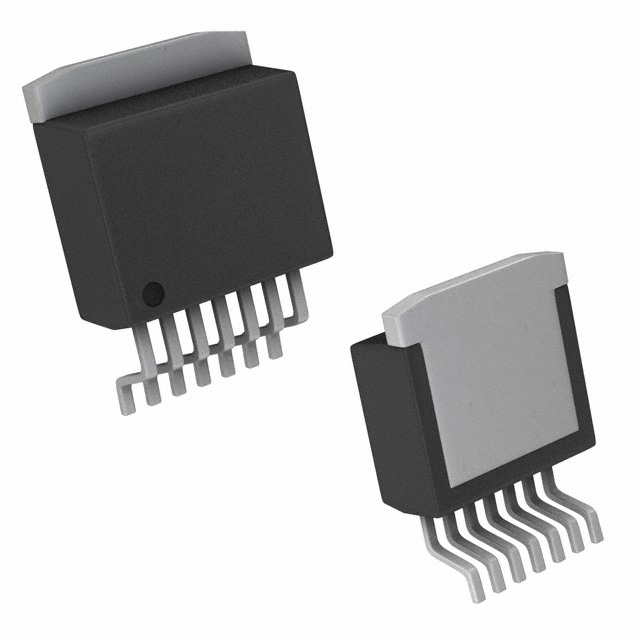
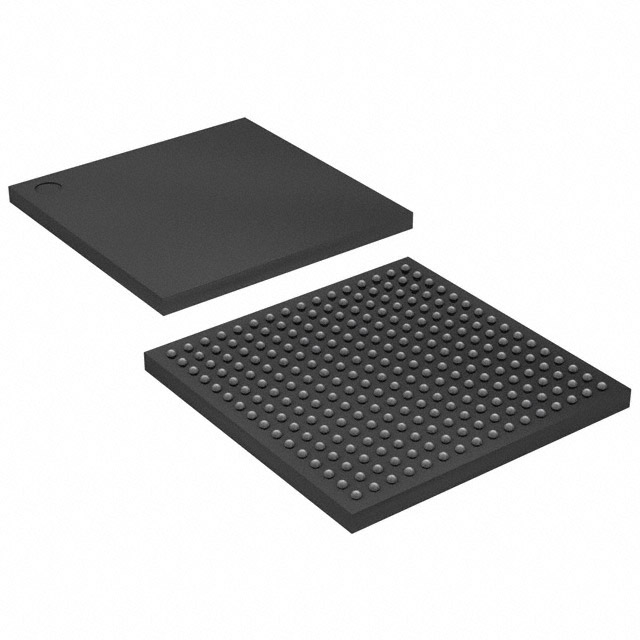
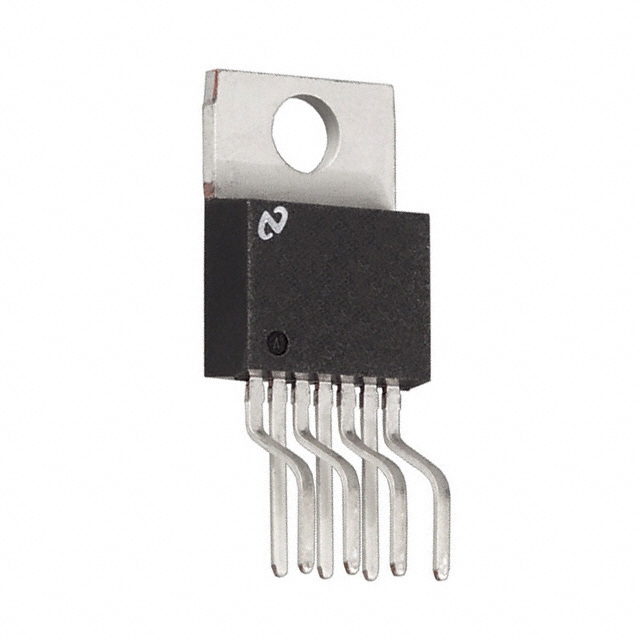
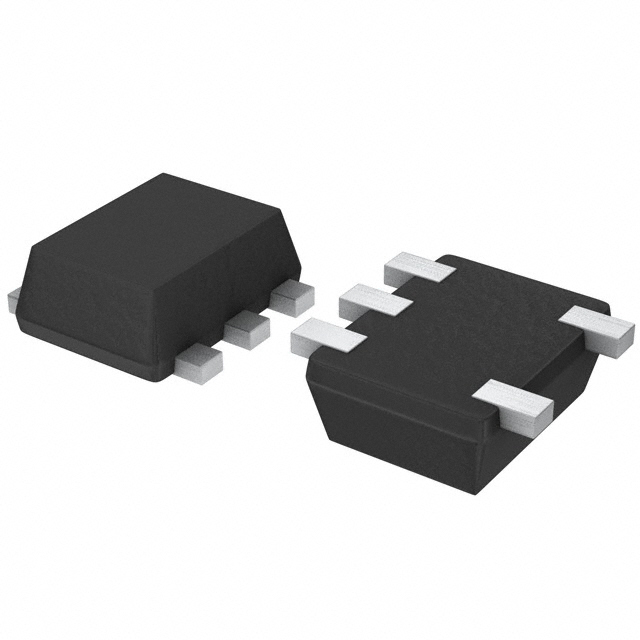
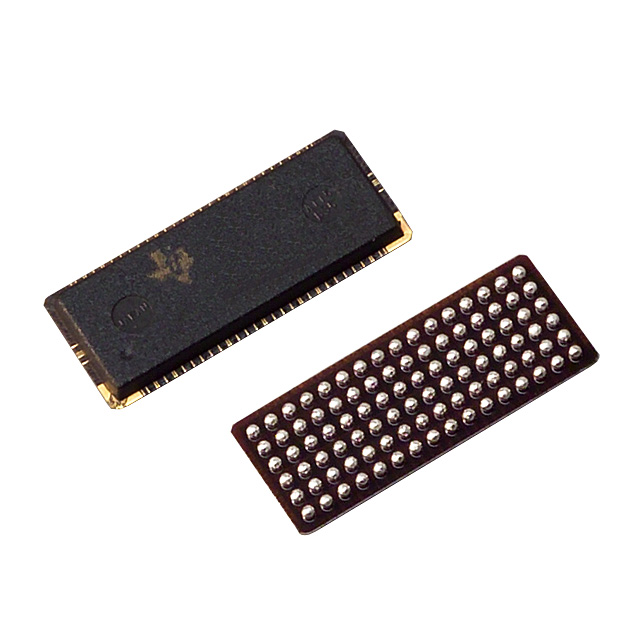
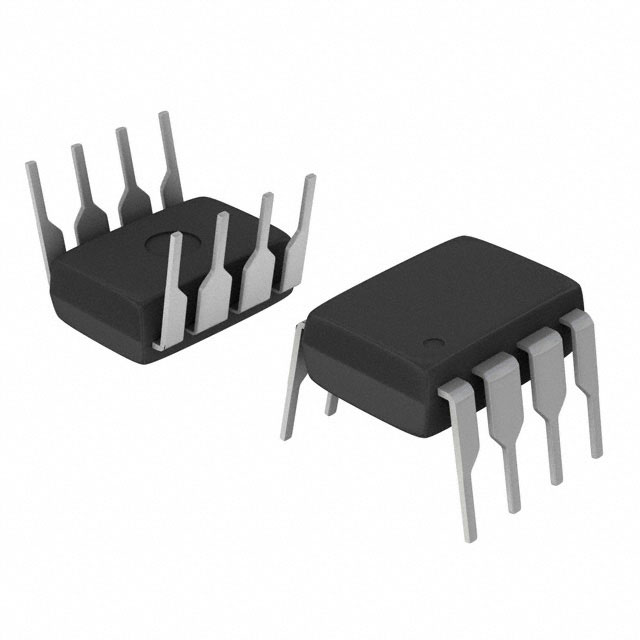
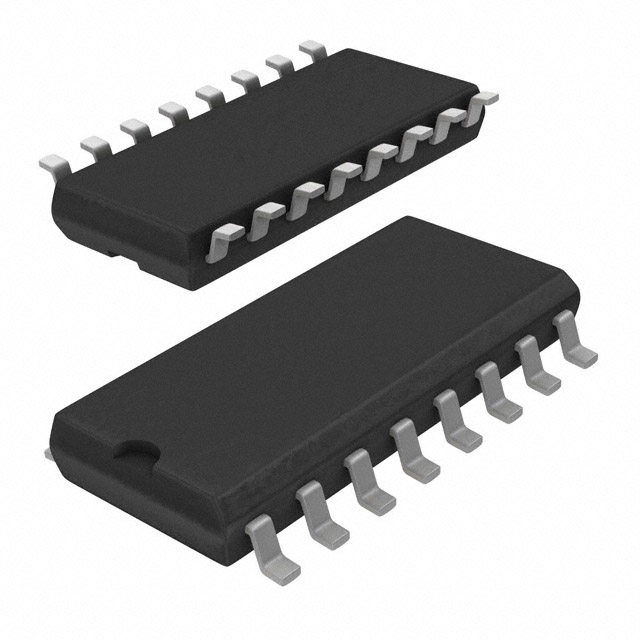
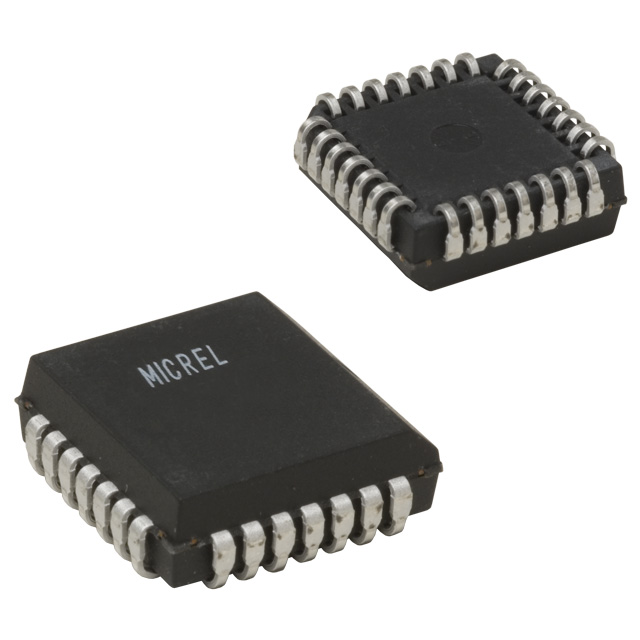
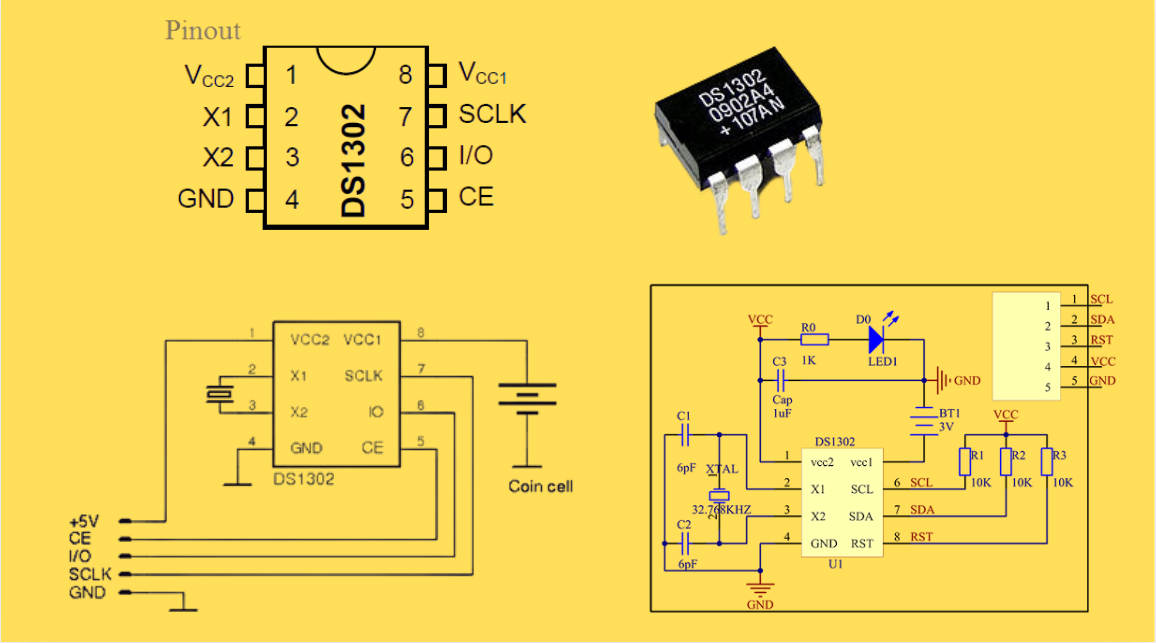

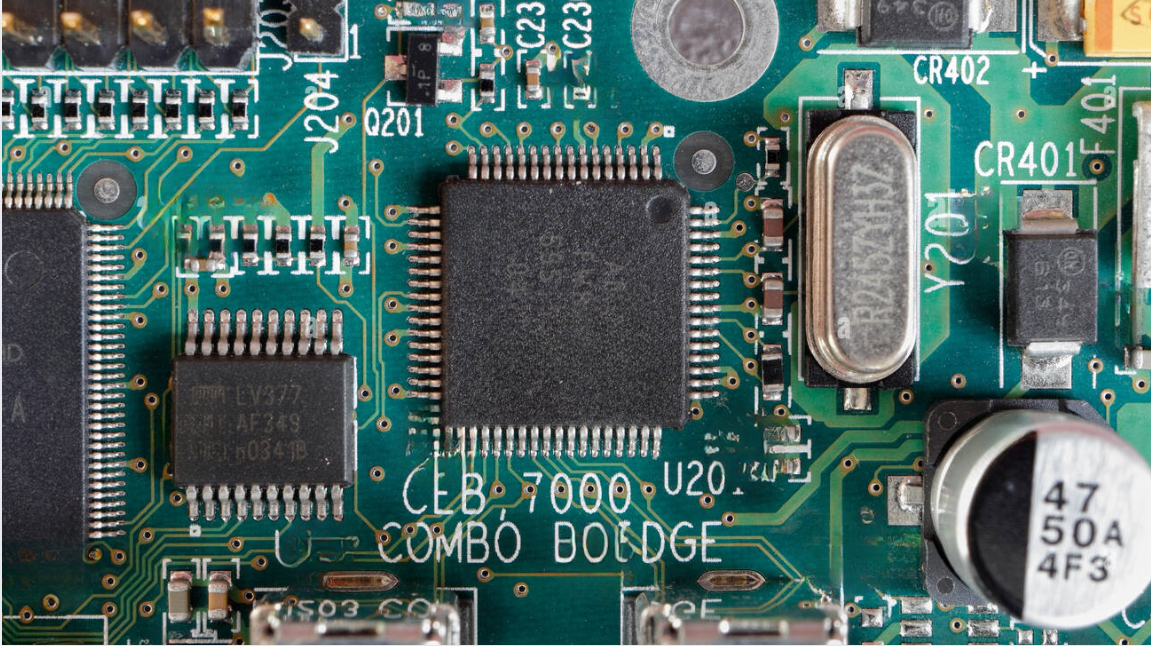
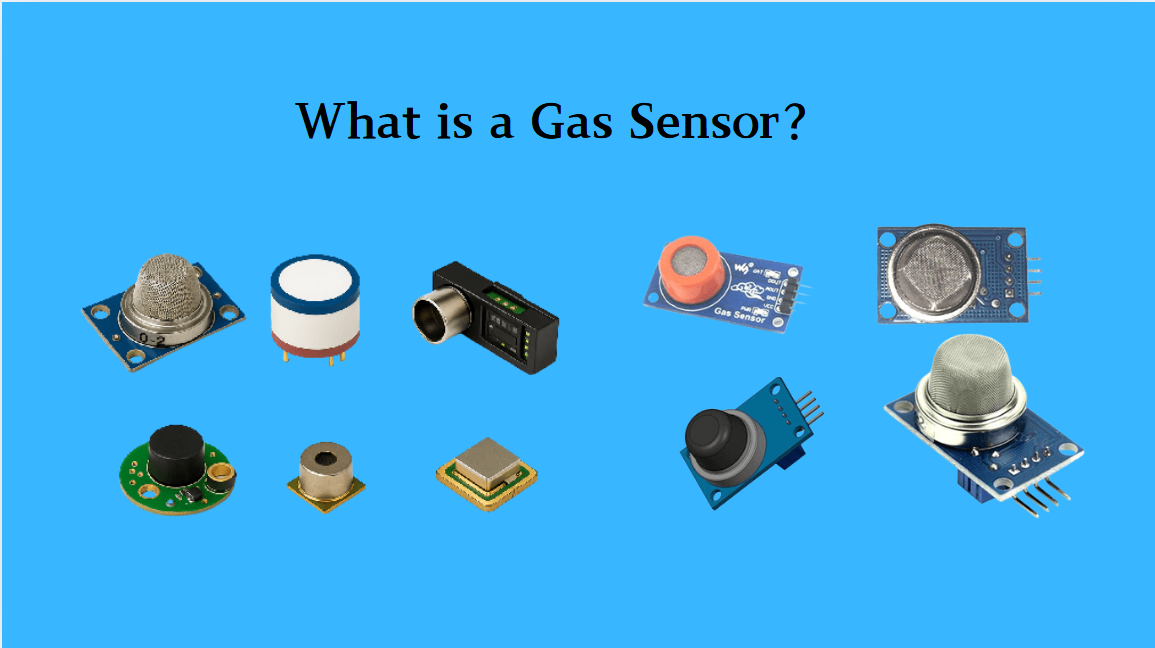

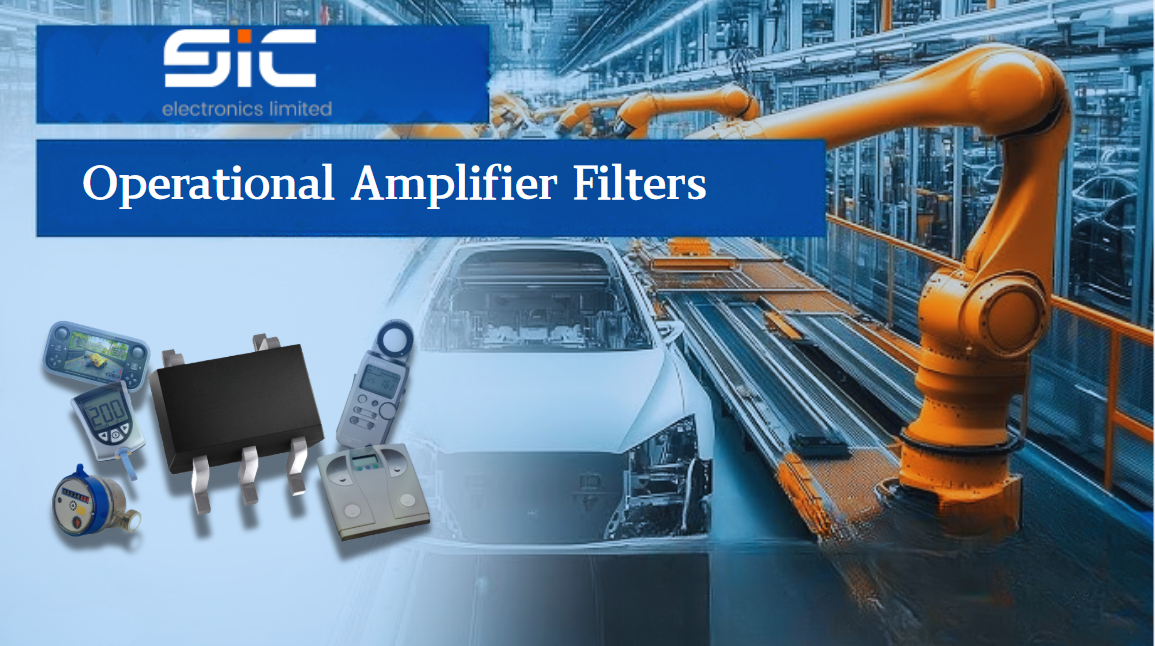
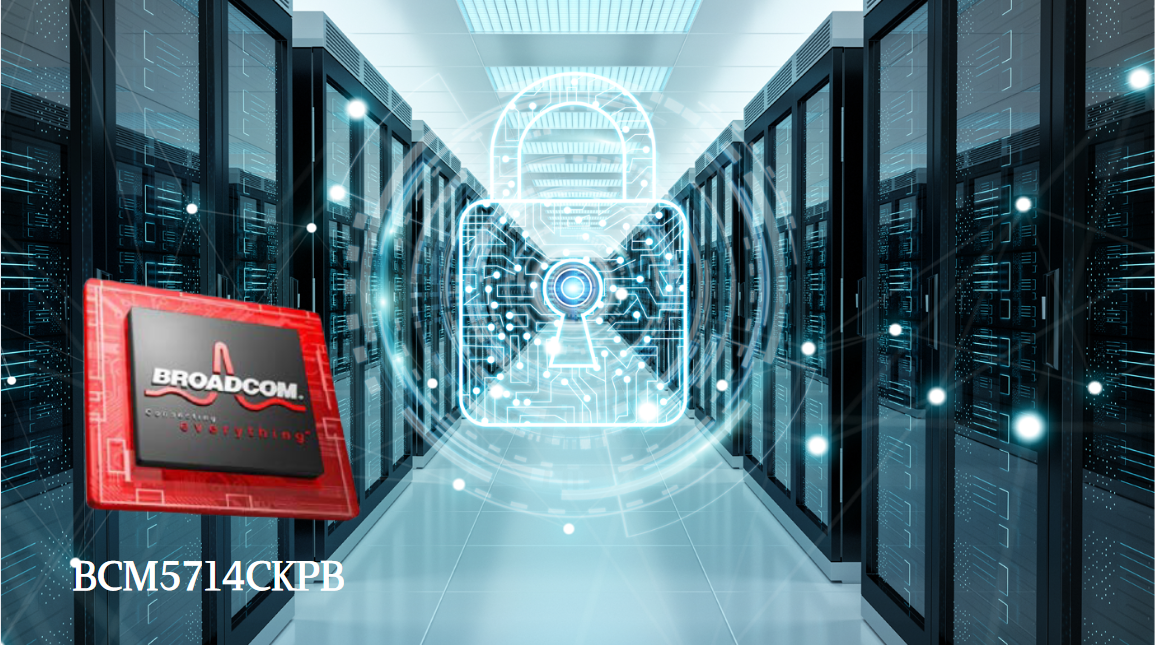
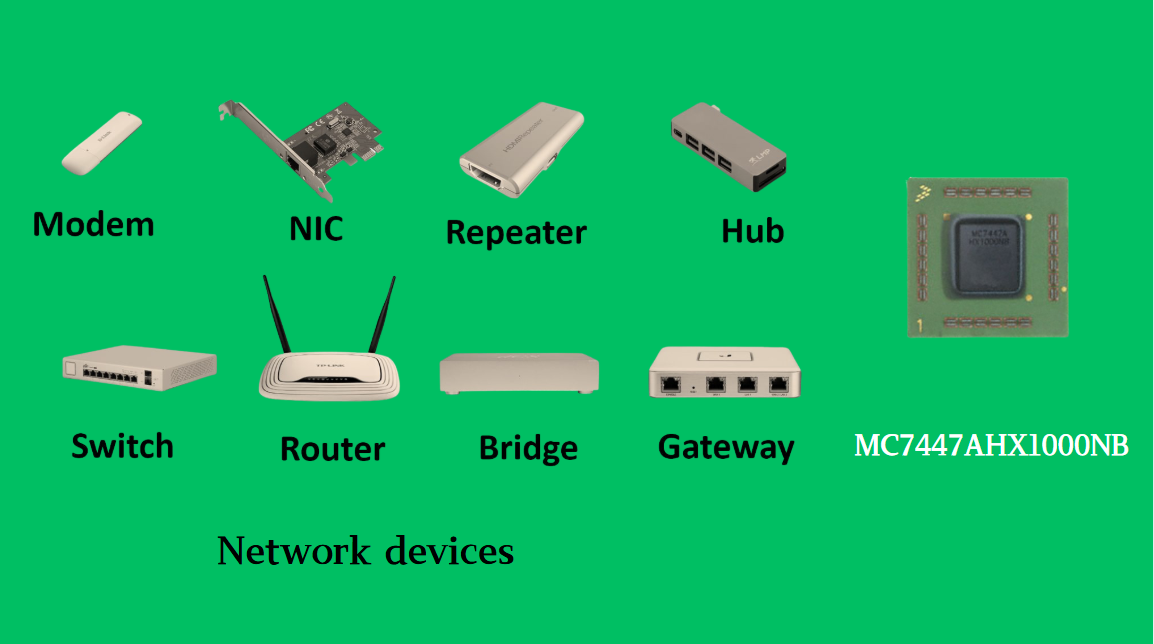

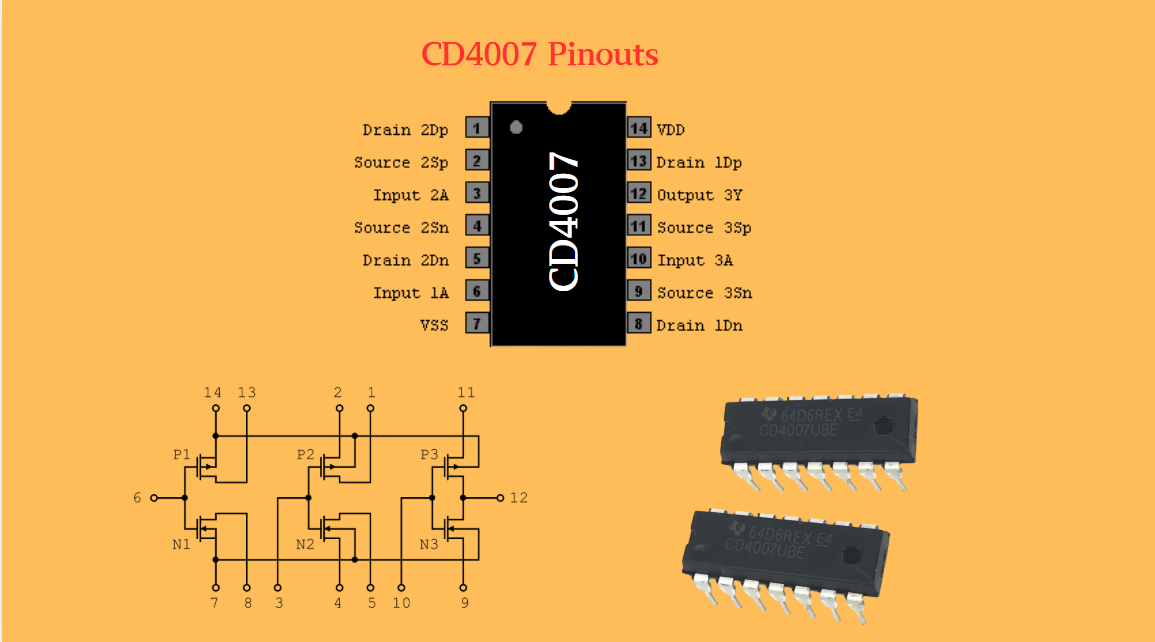
 Wishlist (0 Items)
Wishlist (0 Items) 